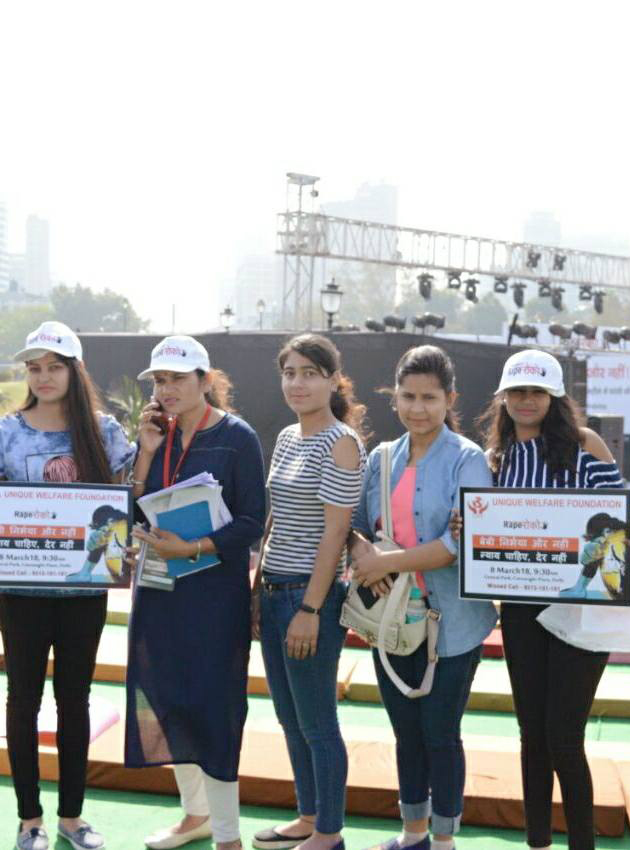Women Empowerment Project

Women Empowerment Project UWF
Witch-hunting, even when it does not involve killing, is an extreme form of violence. It can involve destruction of a house, being forced to eat human and animal excreta, and physical and sexual assault. Either banishment or killing is often the end-result. With any woman likely to be branded a witch, this violence is a threat against all women of the tribe. Dealing with witch-hunting surely requires police action. But it is not necessary that this will be a deterrent where people believe that their actions are justified by a moral code or social norms that they adhere to. There have been reported instances where after killing the woman, the perpetrators have turned themselves in at the police station. In the case of the Munda family hisinga killing mentioned above, the killers went directly to the police station. Nevertheless, police action alone is not sufficient. It needs to be accompanied by a change in social norms. How norms change is a difficult matter to analyse. In Weber’s analysis the Protestant Ethic, a macro-level change in norms, brought about a change in norms and behavior at the micro-level. Saving and accumulation now become acceptable in social behavior. This is, in a sense, a top-down change—a macro-level change in beliefs bringing about a micro-level change in norms and behavior. Thus the questioning of beliefs that support witch-hunting relate to some aspects of the culture of indigenous peoples. It is often argued that such cultures and their practices are not to be questioned, leave alone opposed. Nowadays in India, there is even a claim to a right ‘not to be offended’ by criticism. But when cultural beliefs and their resulting practices violate currently accepted notions of human rights, and then it is human rights that are superior to cultural practices.
Witch-hunting is not merely a dark chapter in the annals of history, but is still a happening reality. Although the core concept remained the same, the versions and editions have changed over the years. Witch-hunting is mostly restricted to the poor and illiterate section of the rural tribal communities. But the fact that the phenomenon has been observed amongst different non-tribal communities is a matter of concern. Thus, witch-hunts have been appropriately compared with the proverbial tip of the iceberg, and the propensity of the incidents and victims might be much more than it is actually thought.
Whatever may be the reason or circumstance, the bottom-line remains that a woman‟s right to live with dignity is still not recognized by the society at large. Our twenty-first century civilization is marked by glittering cities and towns, dotted with swanky malls and apartments and barely within a radius of hundred kilometers or so, innocent women are silently leading lives of hopelessness and despair, being tortured mercilessly, banished from their villages and forced to live away from their near and dear ones.
